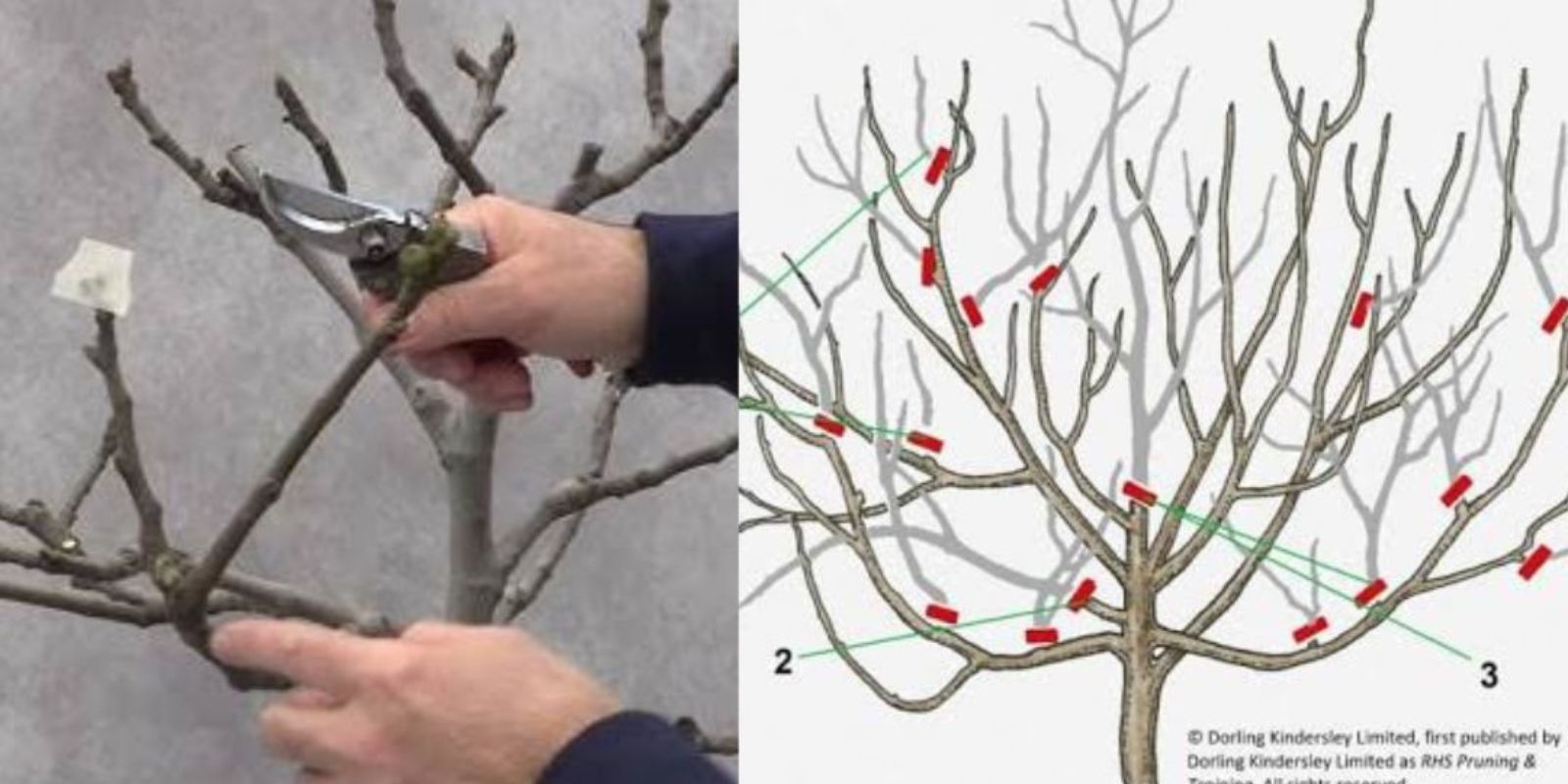Fig trees are a treasure in any garden, offering not only their sweet, succulent fruit but also their lush, decorative foliage. To ensure your fig tree thrives and produces an abundant harvest, proper pruning is essential. Many gardeners are intimidated by pruning, but with the right techniques and timing, it can become a straightforward and rewarding task. This guide will walk you through everything you need to know about pruning your fig tree for optimal health and productivity.
Why Prune a Fig Tree?
Pruning is crucial for several reasons:
- Encourages Fruit Production: Proper pruning directs the tree’s energy toward producing fruit rather than excessive foliage.
- Maintains Shape: Keeps the tree manageable in size and ensures it has a strong, open structure for sunlight penetration.
- Improves Air Circulation: Reduces the risk of diseases by allowing better airflow through the canopy.
- Stimulates New Growth: Removing old or unproductive branches makes way for new, vigorous shoots that bear fruit.
When to Prune a Fig Tree
Timing is key when it comes to pruning your fig tree. Here are the two main pruning periods:
- Spring Pruning (March):
This is the primary pruning session and should be done before the tree starts its active growth cycle. During this time, you focus on shaping the tree, removing old wood, and encouraging branching. - Late Summer Pruning (August):
A lighter pruning session aimed at maintaining the tree’s shape and encouraging fruit development. Late summer pruning ensures the tree directs its energy toward maturing the current fruit rather than growing excessive foliage.
Tools You’ll Need
Before starting, gather the necessary tools to make the process efficient and safe:
- Pruning Shears: For small branches and twigs.
- Loppers: For thicker branches that are harder to reach.
- Saw: For removing large, older branches.
- Disinfectant: Clean your tools before and after pruning to prevent the spread of diseases.
Step-by-Step Pruning Guide
1. Begin with a Clean Inspection
Examine your tree to identify branches that need to be removed. Look for:
- Dead or diseased branches.
- Branches crossing or rubbing against each other.
- Weak or spindly growth.
- Overcrowded areas blocking sunlight and airflow.
2. Remove Dead or Diseased Wood
Start by cutting away any dead or damaged branches. These not only detract from the tree’s appearance but can also harbor pests and diseases.
3. Trim Main Branches
To encourage strong growth and branching, cut back the main branches by about one-third. This stimulates the growth of side shoots, which are the key to fruit production.
4. Eliminate Crossing or Inward-Growing Branches
Branches that grow toward the center of the tree or rub against other branches should be removed. This ensures the canopy remains open, allowing sunlight to reach all parts of the tree.
5. Cut Back Old Fruit Wood
Fig trees produce fruit on one-year-old wood. By removing some of the older fruiting wood, you encourage the growth of new shoots that will bear fruit in the next season.
6. Preserve Productive Side Shoots
Retain a few healthy side shoots, as these will produce figs in the coming season.
7. Maintain a Goblet Shape
Aim for a rounded, open shape that allows sunlight to penetrate the center of the tree. This shape not only improves fruit quality but also enhances air circulation, reducing the risk of fungal infections.
Post-Pruning Care
Once you’ve finished pruning, it’s important to provide the right care to help your tree recover and thrive:
- Fertilize: Apply a balanced fertilizer after the spring pruning to support new growth. Look for a fertilizer high in potassium, which promotes fruit development.
- Water: Water the tree deeply and regularly, especially during dry spells, to ensure it has the resources to heal and grow.
- Mulch: Add a layer of mulch around the base of the tree to retain moisture, regulate soil temperature, and prevent weed growth.
Tips for Ongoing Success
- Start Early: Pruning should begin when your fig tree is young to establish a strong framework for future growth.
- Be Consistent: Regular pruning every year is better than trying to make drastic cuts after years of neglect.
- Don’t Over-Prune: Removing too much foliage can weaken the tree and reduce fruit production. A good rule of thumb is to remove no more than 25-30% of the tree’s total canopy at once.
- Know Your Variety: Some fig tree varieties may require slight variations in pruning techniques. Research your specific variety for tailored advice.
Common Mistakes to Avoid
- Pruning in Late Fall: Avoid pruning in late fall, as this can expose the tree to winter damage.
- Using Dirty Tools: Always clean your tools to prevent spreading diseases between cuts.
- Cutting into Old Wood: Be cautious when cutting into older wood, as fig trees are less likely to regenerate from very old branches.
The Rewards of Proper Pruning
When done correctly, pruning your fig tree will result in:
- Higher Yields: More fruit-bearing shoots mean a larger harvest.
- Healthier Tree: Improved air circulation and light penetration reduce disease risk.
- Easier Maintenance: A well-pruned tree is easier to care for and harvest from.
Final Thoughts
Pruning a fig tree may seem daunting, but with the right approach, it’s a simple and highly beneficial task. Regular pruning not only keeps your tree healthy but also ensures it produces a bountiful harvest of delicious figs every season. Whether you’re a seasoned gardener or a beginner, these pruning techniques will help you enjoy the full potential of your fig tree.
Ready to prune your fig tree? Share your tips or questions in the comments below! 🌱✨
#FigTreeCare #PruningTips #GardeningSecrets #FruitTrees

